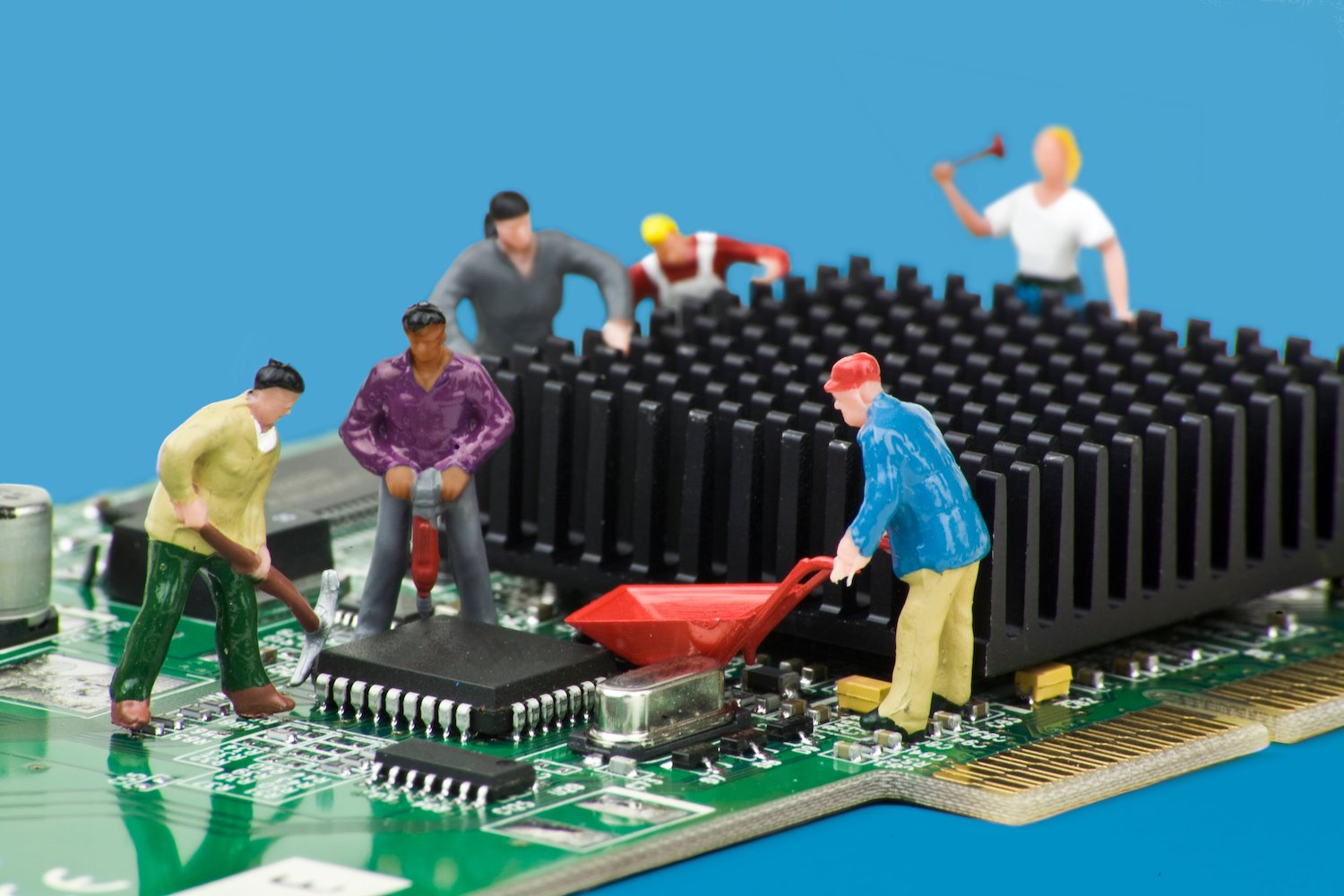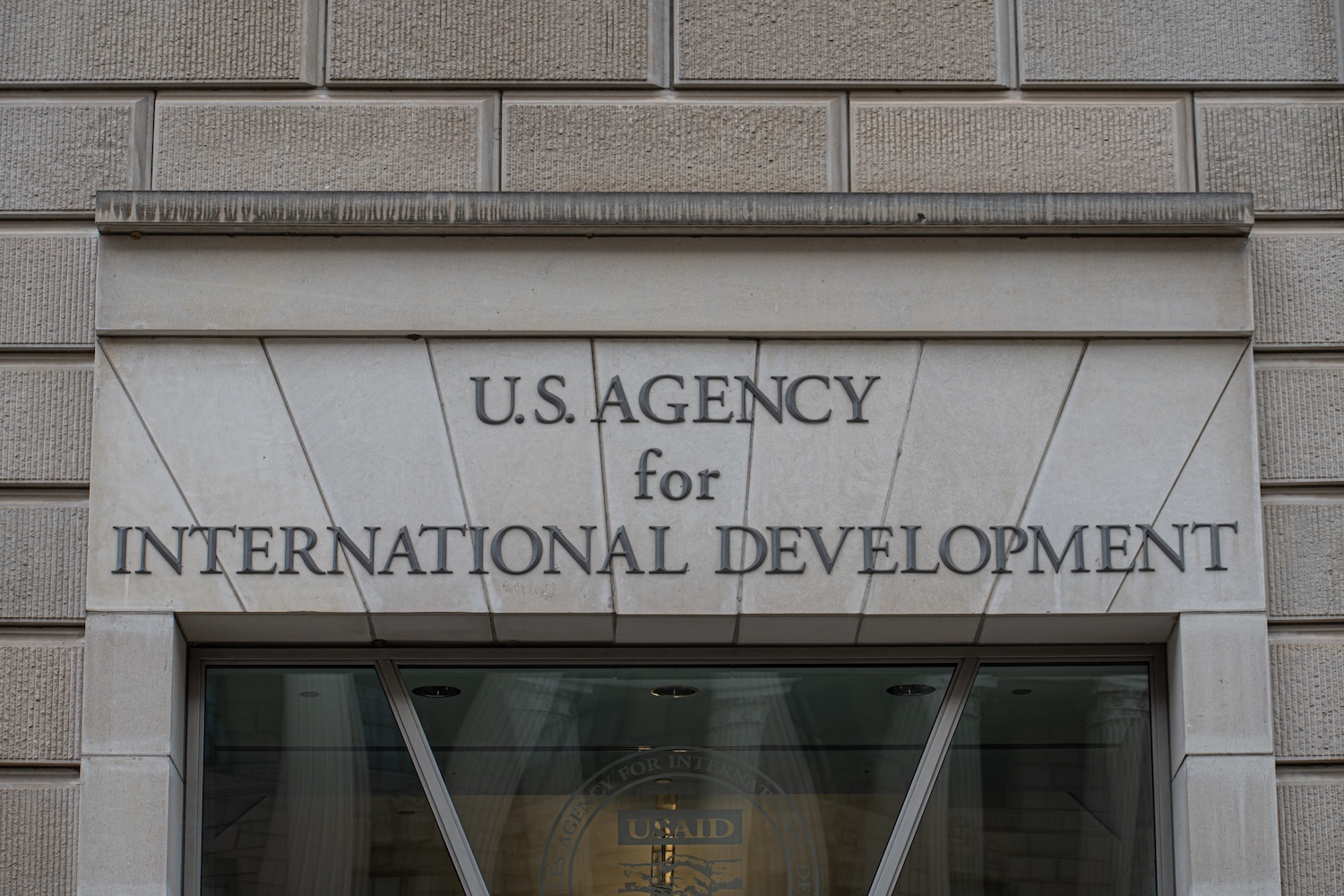Public AI Today
Public AI is a movement advocating for AI systems that are publicly accountable, publicly accessible, and resistant to private enclosure. Today, there are over 100 organizations, 25 publications, and projects associated with the movement around the world. Aspen Digital drafted interdisciplinary resources, convened allies (and critics!), and helped grow the Public AI Network from a small group of academics and civil society members to an international movement.
How did we get here?
In the Beginning, There Was a Vision
In the summer of 2023, Joshua Tan from Metagov, Nick Garcia from Public Knowledge, and SJ Klein from the Concordance Project started talking about public AI in the redwood forest of California during the Internet Archive’s DWeb Camp, an unconventional conference for the decentralized web. Up to that point, they had each been working independently on different parts of what would become the Public AI Network. They got together again later that summer at AI Palace to build the foundation for the Public AI Network’s whitepaper and started the Public AI Network’s slack that fall.
B Cavello, Aspen Digital’s director of emerging technologies, started contributing to the work after hearing about the movement through their position on the board of Metagov. In late 2023, Rockefeller Foundation came in with support for building coalitions for impact in under-resourced AI policy areas, which we applied to building public AI.
Helping Amplify Public AI
We started this work with a lot of listening—interviews with people within the young network to find out what they felt was needed most. Many people across a variety of contexts expressed a strong need for community infrastructure: operational capacity to strategize, fill in gaps in project management, and clarify who in the community is doing what.
To meet these needs, over the last two years Aspen Digital convened over 150 people representing over 100 organizations across five in-person meetings with even more joining for virtual events and community gatherings. We also brought (and continue to bring) together core members of the Public AI Network on a weekly basis.
Today, the Public AI Network has over 350 members and is the organizing space for a wide number of projects and collaborations. Aspen Digital contributes to some of these projects and leads others, but our work only represents a portion of the activities in the space. Over the last two years, we’ve been honored to partner with a number of organizations and individuals to help bring our shared public AI vision to life. These represent some of the highlights:
- In August of 2024, we co-hosted an all-day launch event at the Library of Congress with the Library, Metagov, and the Public AI Network with 79 attendees from over 60 organizations to spark conversations about building a more public AI ecosystem in the US. We also co-hosted a salon dinner with Benevolent AI Future, with attendees from venture capital, startups, and the public AI community to expand the public AI conversation on infrastructure needs amongst private sector innovators.
- In early 2025, we helped organize two events in France, alongside the Paris AI Action summit. In collaboration with the Stichting Internet Archive and the Public AI Network, we hosted Public AI House, a gathering space for leading researchers, advocates, and builders of public AI. We also hosted a workshop on the role of AI as a labor complement versus substitute. Across these events, we also worked with collaborators from the Collective Intelligence Project, the AI Objectives Institute, Simon Fraser University, Transluce, and Open Future.
- Online, we also co-hosted Seasons 2 and 3 of the Public AI Seminar, focusing on political narratives around openness and the relationship between artists and creatives and AI, respectively.
- Outside of convening, we helped write a public AI whitepaper, a blog connecting public AI and public health, and a blog exploring public AI potential with Canada’s National AI Institutes. We also collaborated on a work-in-progress explorable for thinking about the value of training data.
What We Learned: Unglamorous Work Pays Dividends
While we were able to support a lot of public-facing work like publications and events, our work behind-the-scenes was equally important. Supporting operational capacity (facilitating meetings, coordinating strategy calls, making agendas), while unglamorous, is hugely beneficial and pays dividends by increasing the sustainability and efficacy of the network. It also helps enable the network to better identify and take action on opportunities as they arise, including coordinating grant applications, creating new opportunities for cross-organizational collaboration, and aligning on strategic priorities and commitments.
One challenge we encountered in doing this type of coalition-building work was tracking down the many outputs and takeaways that originate from convening and network conversations. While we tend to survey participants directly after convenings about their experiences, one learning we can take forward is to check in with attendees three to six months after the fact to learn more about how the network-building we have facilitated is materializing into longer-term collaborations and findings.
On the other hand, we have gotten to witness firsthand the adoption and spread of the public AI idea and approach. “Public AI” as a concept was not well articulated or understood two years ago. Now, the concept has “breached containment” and is being discussed in policy and technology discussions beyond even the wide-ranging members of the Public AI Network. We were delighted, for example, to discover over 20 references to the public AI whitepaper in academic publications across computer science and the social sciences, civil society whitepapers, and personal blog posts.
Where Do We Go from Here?
The public AI community is still young—and maybe in part because it is young—our efforts at network-building have been particularly fruitful. Not only have multiple collaborations and initiatives been born of our efforts, but this coalition-building work has also planted the seeds for further initiatives and collaborations.
There is a lot happening within the public AI community throughout the world. Some people are working on expanding public AI access, some on public accountability, and others on models for permanent public goods. Just last month, California passed an important public AI law to establish CalCompute, public computing infrastructure governed by a consortium of academic leaders, impacted workforce labor organizations, technologists, and public interest advocates.
For our part, our team at Aspen Digital has doubled down on the public accountability pillar with the Community-Aligned AI Benchmarks project. This workstream focuses on putting the public in the driver’s seat, enabling them to define the goals for future AI research and development to ensure that AI reflects community needs.
We’re excited to see what the next two years will bring!
If you’ll be at Mozfest in November, join us at our session on public interest AI benchmarks!
Acknowledgements
This work was made possible thanks to generous support from the Rockefeller Foundation and the Patrick J. McGovern Foundation.






